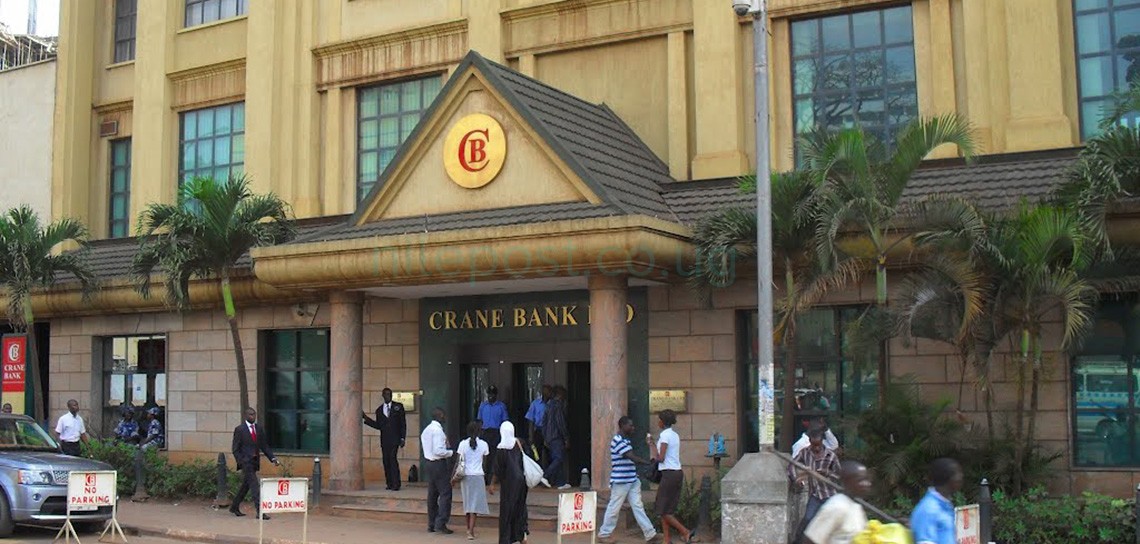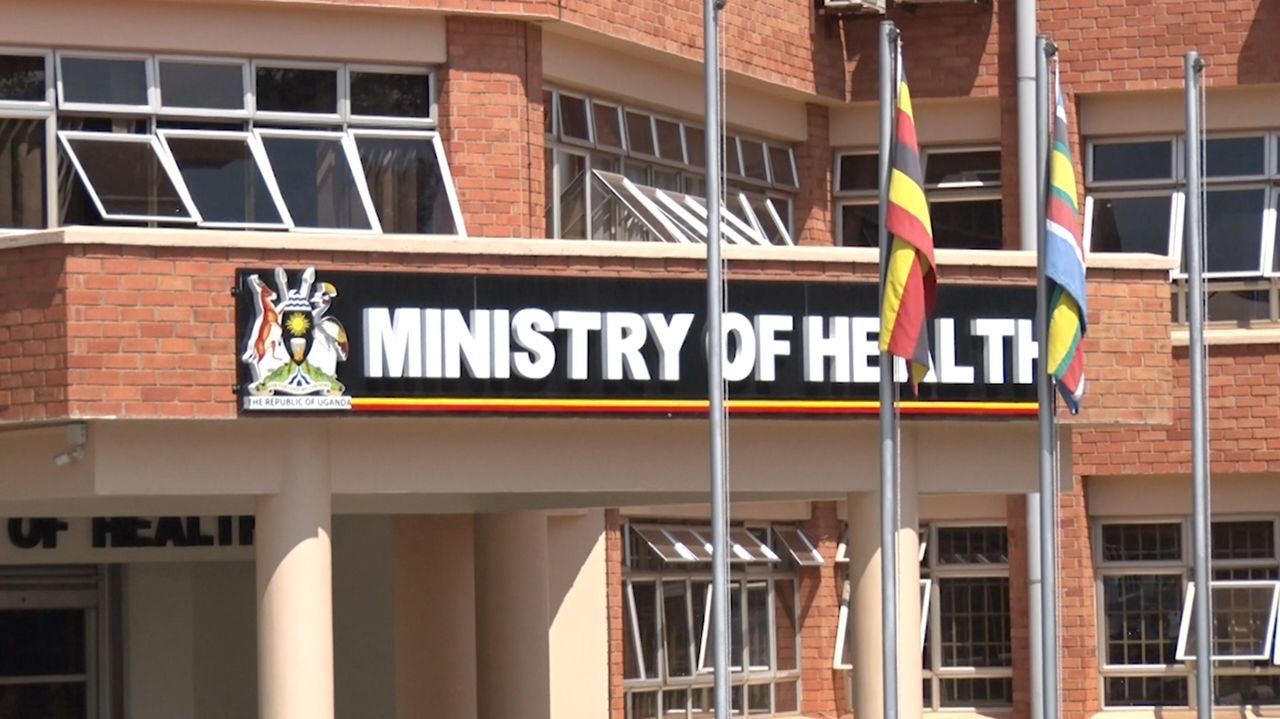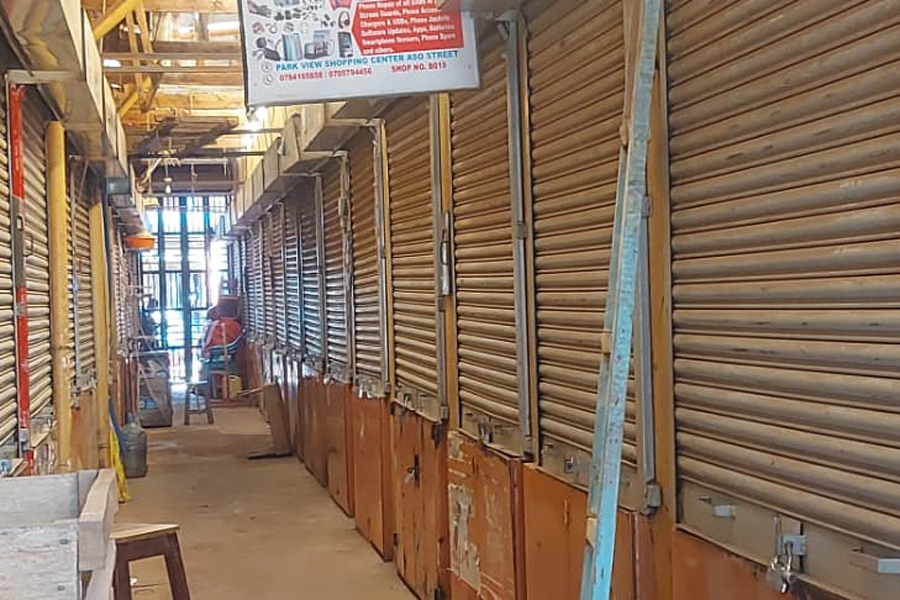Press Release
On Monday, September 17 2018, the Daily Monitor ran a story with the headline “How BOU Blew Shs 478 billion in the Crane Bank Takeover”. The story and its headline was seriously misleading. The story claimed that the Bank of Uganda (BOU) spent Shs 478.8 billion from an undisclosed account in the Central Bank under the cover of liquidity support. There are two errors in this claim.
First, the BOU did not take Shs 478 billion from an “undisclosed account”. The BOU provided a loan to Crane Bank and this money came from the BOU’s own resources. The BOU is a Central Bank and like any other Central Bank it can create financial assets and liabilities. In this case the BOU created a financial asset (the loan to Crane Bank) which was matched by an equivalent liability (an increase in the money supply).
Secondly, the claim that the BOU spent Shs 478 billion “under the cover of liquidity support” implies that the money was actually used for something else besides liquidity support. In fact, the vast majority of this money - Shs 466 billion – actually was liquidity support. Crane Bank had been losing liquidity for months prior to its takeover by the BOU. This was because a large share of its loan portfolio was not being serviced by the borrowers and because customers were losing confidence in the bank and withdrawing their deposits. Between the end of June 2016 and the end of September 2016, Crane Bank’s deposits fell by Shs 148 billion. As its liquidity drained away, Crane Bank requested liquidity support from the BOU, before the bank was taken over by the BOU.
At this point, the BOU had two possible courses of action; either to provide liquidity support to Crane Bank or not to do so. If the BOU had chosen the latter course of action, Crane Bank would have been unable to honour its liabilities.
It would not have been able to pay depositors who wanted to withdraw their money from the bank or repay the money it had borrowed from other banks in Uganda through the interbank market. In effect Crane Bank would have collapsed. Because Crane Bank was such a large bank, its collapse would have risked chaos in the financial system, possibly causing contagion to other banks and bank runs by depositors. That would have caused a huge amount of economic damage. No responsible Central Bank could allow this to happen.
Apart from the Shs 466 billon of liquidity support to Crane Bank, the BOU also spent Shs 12 billion in resolving Crane Bank. These were expenses that were necessary to ensure that the assets and liabilities of Crane Bank could be transferred to another bank, thereby allowing Crane Bank’s customers to continue having access to normal banking services.

As such, the assertion that the BOU “blew” Shs 478 billion, as if this money were purely wasted, is incorrect. This was the cost of ensuring that Crane Bank did not collapse in a disorderly manner, threatening chaos in the banking system and the wider economy and ensuring that its customers retained access to their deposits and to banking services.
Furthermore, the BOU is recovering the Shs 200 billion of this money through the sale of assets and purchase of assumption transaction which transferred assets and liabilities of Crane Bank to DFCU Bank. The BOU is in the process of attempting to recover the rest of the money it had to provide Crane Bank from Crane Bank’s shareholders, who were responsible for the bank’s huge losses.
At the end of the day, the primary responsibility of the BOU, as bank regulator, is to prevent instability in the banking system, because this is potentially so damaging to the economy. In taking over and resolving Crane Bank in the manner in which it did so, the BOU was able to achieve the objective of maintaining stability in the banking system.
Emmanuel Tumusiime Mutebile
Governor













